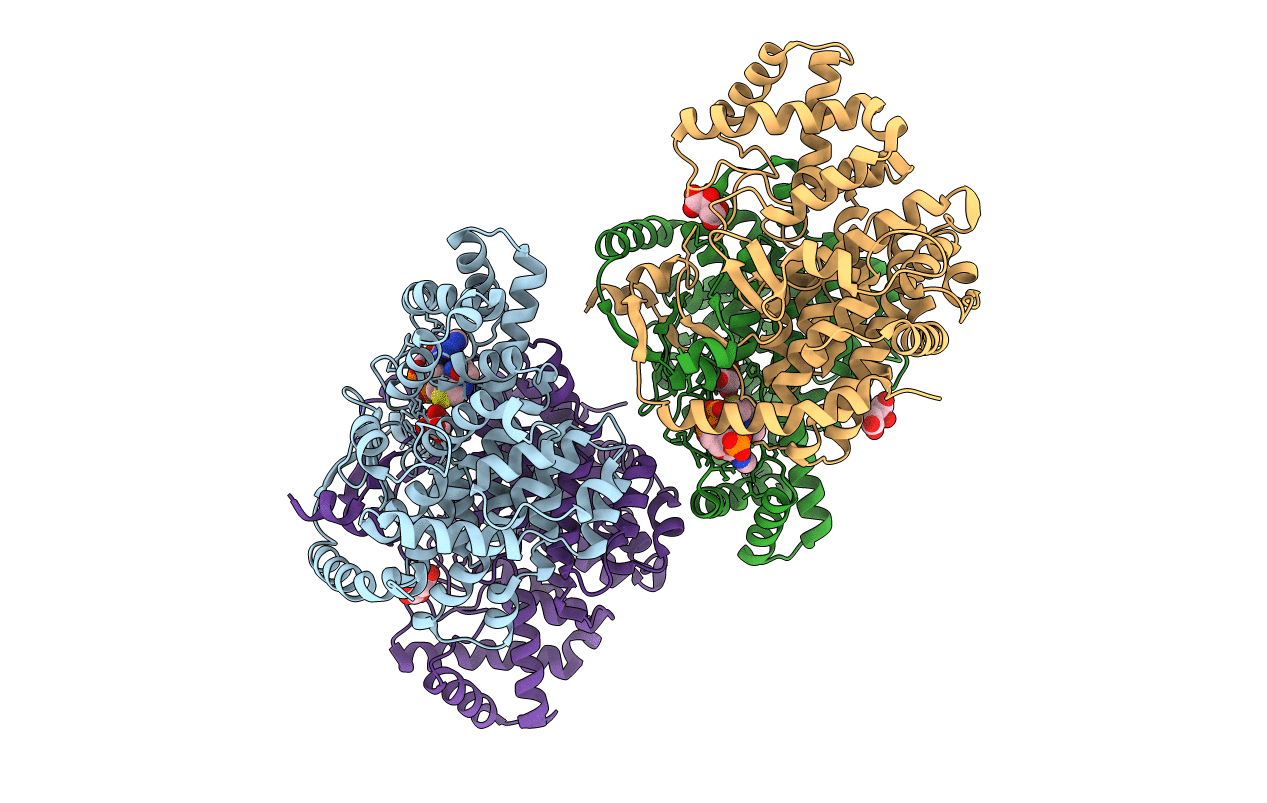
Deposition Date
2017-11-20
Release Date
2018-11-28
Last Version Date
2023-10-04
Entry Detail
PDB ID:
6BOO
Keywords:
Title:
Crystal structure of 2-methylcitrate synthase from Aspergillus fumigatus with oxaloacetate and coenzyme-A.
Biological Source:
Source Organism:
Host Organism:
Method Details:
Experimental Method:
Resolution:
2.60 Å
R-Value Free:
0.23
R-Value Work:
0.19
R-Value Observed:
0.20
Space Group:
P 1 21 1


